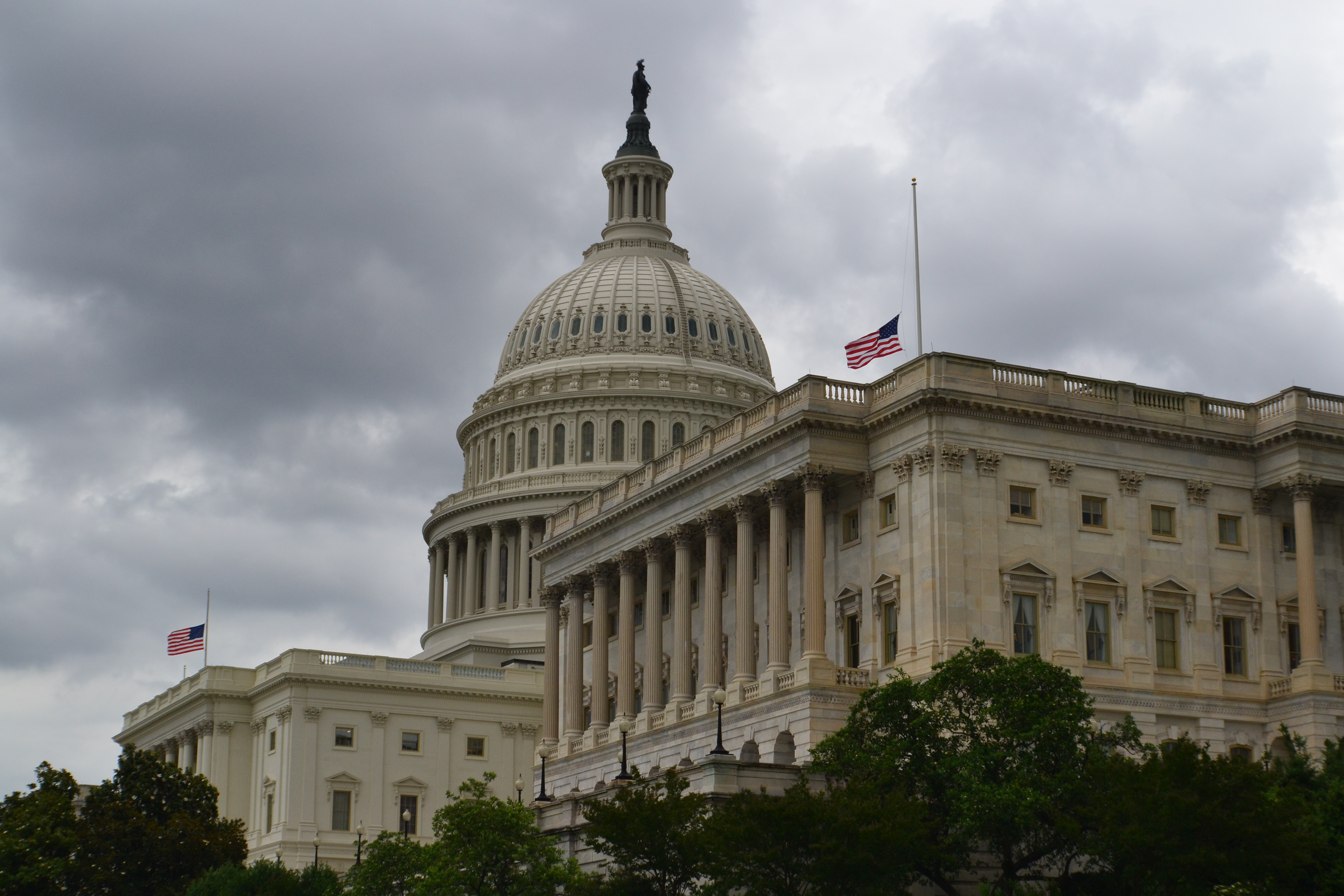Coronavirus: Powerful Argument for a Wall
Sign up for a six month free
trial of The Stand Magazine!
The Coronavirus is the only argument we need for building a wall on our southern border. The reason we must have border security is to protect our people from criminals, drugs, and contagious diseases.
The Coronavirus started in Wuhan, China, perhaps escaping from a bioweapons lab in that city. The worldwide death total from the virus is now over 550 and counting. There are more than 28,000 cases worldwide, including more than a dozen in the United States. China is quarantining entire cities to contain the virus, cruise ships have been confined to port, and ABC reported this morning that two newborns have been diagnosed with the disease.
Travelers in Hong Kong who come from China are automatically quarantined for 14 days and must wear the equivalent of an ankle monitor to make sure they stay put. China itself is running its crematoriums 24 hours a day, seven days a week to incinerate bodies as a preventative measure.
This is an urgent issue for the United States because of the number of illegal aliens from China who daily cross our southern border. Illegal entries by Chinese nationals are on the rise all across our border with Mexico. The number of Chinese migrants apprehended at the border last year was well over 4,000, and since for every alien who is apprehended, three more make it across undetected, it is likely that 12,000 Chinese nationals illegally entered the United States in 2019.
This is potentially a health crisis of staggering proportions, and without a secure southern border, we have no way to protect the health of American citizens from this scourge. Illegals are pouring into our country daily and we have no way to screen those illegal aliens for contagious diseases to keep them out of the U.S.
Ellis Island in New York Harbor was the federal government's main immigration facility from 1892 to 1954. (Before it became an immigration center, pirates were hung on Ellis Island. The island was subsequently doubled in size, using landfill from the excavation of the subway tunnels in New York.) It admitted 12 million immigrants into the United States, beginning with 17-year-old Annie Moore of Cork, Ireland. Ellis Island closed on November 12, 1954, with the departure of its last detainee, Norwegian merchant seaman Arne Peterssen.
As a local newspaper put it in biblical terms, “they must come by that door (Ellis Island) into the sheepfold and not by any other way.” Close to 40 percent of all current U.S. citizens can trace at least one of their ancestors to Ellis Island. I myself am in that number.
By 1892, the United States prohibited prostitutes, criminals, “lunatics,” and “idiots” from entering the country. Chinese nationals were excluded for a time beginning in 1882.
The processing procedure included a series of medical and inspection lines, and about one percent of all immigrants were deported because of what was discovered through these inspections.
The Brooklyn Daily Eagle reported on January 5, 1896, under the headline “Precautions Taken To Guard Against The Importation of Contagious Diseases,” that these precautions included a detention house and hospital where immigrants could be held for up to 10 days while thorough health examinations were conducted.
By federal law, the government was compelled to take care of all immigrants who were sick when they arrived or got sick during their first year on American soil. The facility was also used to treat those with injuries and physical defects that were likely to result in an immigrant becoming a “public charge” (dependent on government welfare), thus indicating that Trump’s recent executive orders on that matter are perfectly consistent with longstanding U.S. immigration policy.
Each immigrant was required to undergo three medical exams, the first in his home town, the second at the port of departure, and the third on landing in the United States.
The nation of origin was carefully documented so that, if immigrants had to be deported due to disease or poverty, the government would know where to send them. Their country of origin had a legal duty to take them back for a full year.
If an immigrant was suspected of being in violation of immigration law, he had to immediately appear before a board of inquiry consisting of four American officials and was only allowed to land in New York if three of the four judges approved. The board handled 24,000 cases this way in 1895 alone.
If an immigrant was determined to be a carrier of a contagious disease, or likely to become a public charge, he was immediately returned to the port from which he came to the U.S. This was at the expense of the shipping company that brought them over, certainly an incentive for doing its due diligence at the front end.
Of the 258,536 immigrants that came through Ellis Island in 1895, less than one percent (2,419) were immediately deported. Another 177 were deported after becoming public charges within their first year.
“The greatest vigilance,” said the Eagle, “is exercised to protect our country from the importation of the insane (and) those suffering from contagious diseases.” If an immigrant displayed signs of disease, he was quickly removed from the line, taken to an examination room, and then sent to a hospital on Ellis Island for treatment.
“The majority of immigrants,” writes the Eagle, “are of a healthy, hardy stock, calculated to become excellent citizens and to add to the material prosperity of the country.” Merit-based immigration, it turns out, is not a newfangled idea.
The minimum requirement we must have for a safe, sane, and healthy immigration policy is preventing contagious diseases from entering the United States. For that, we must have secure borders.
Bottom line: if we want a healthy America, it’s time to build the wall.
The author may be contacted at [email protected]

Sign up for a free six-month trial of
The Stand Magazine!
Sign up for free to receive notable blogs delivered to your email weekly.



















